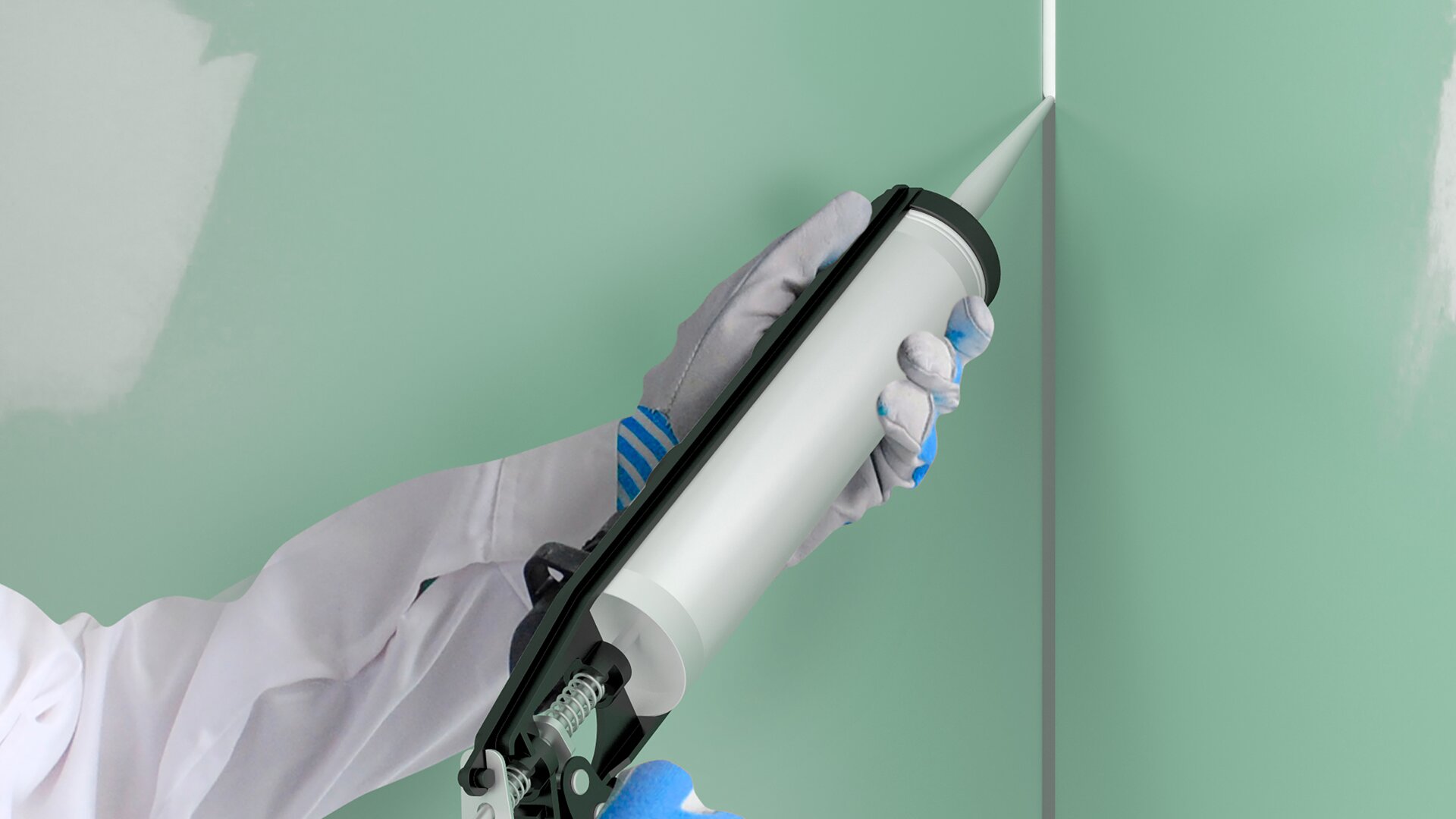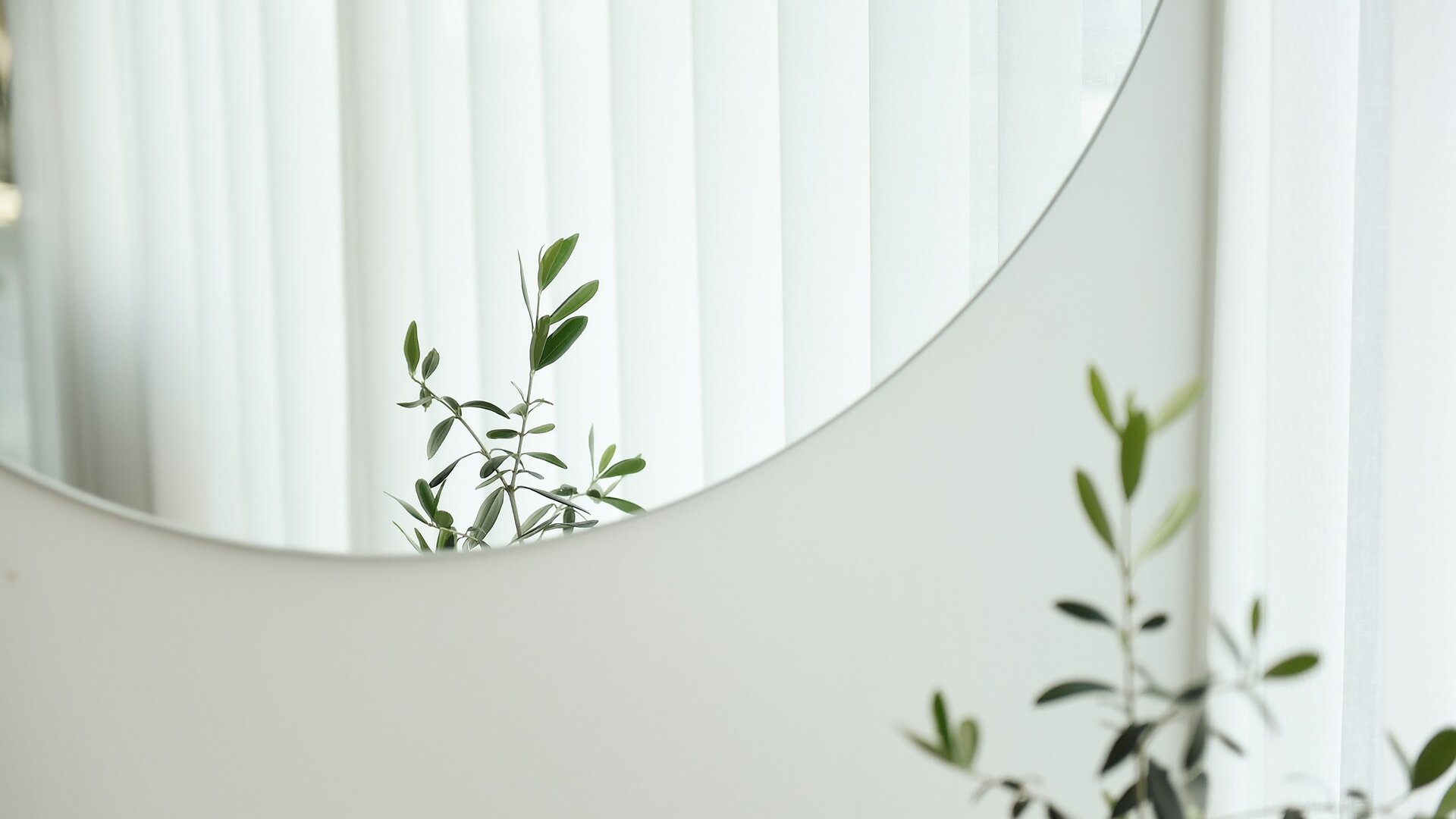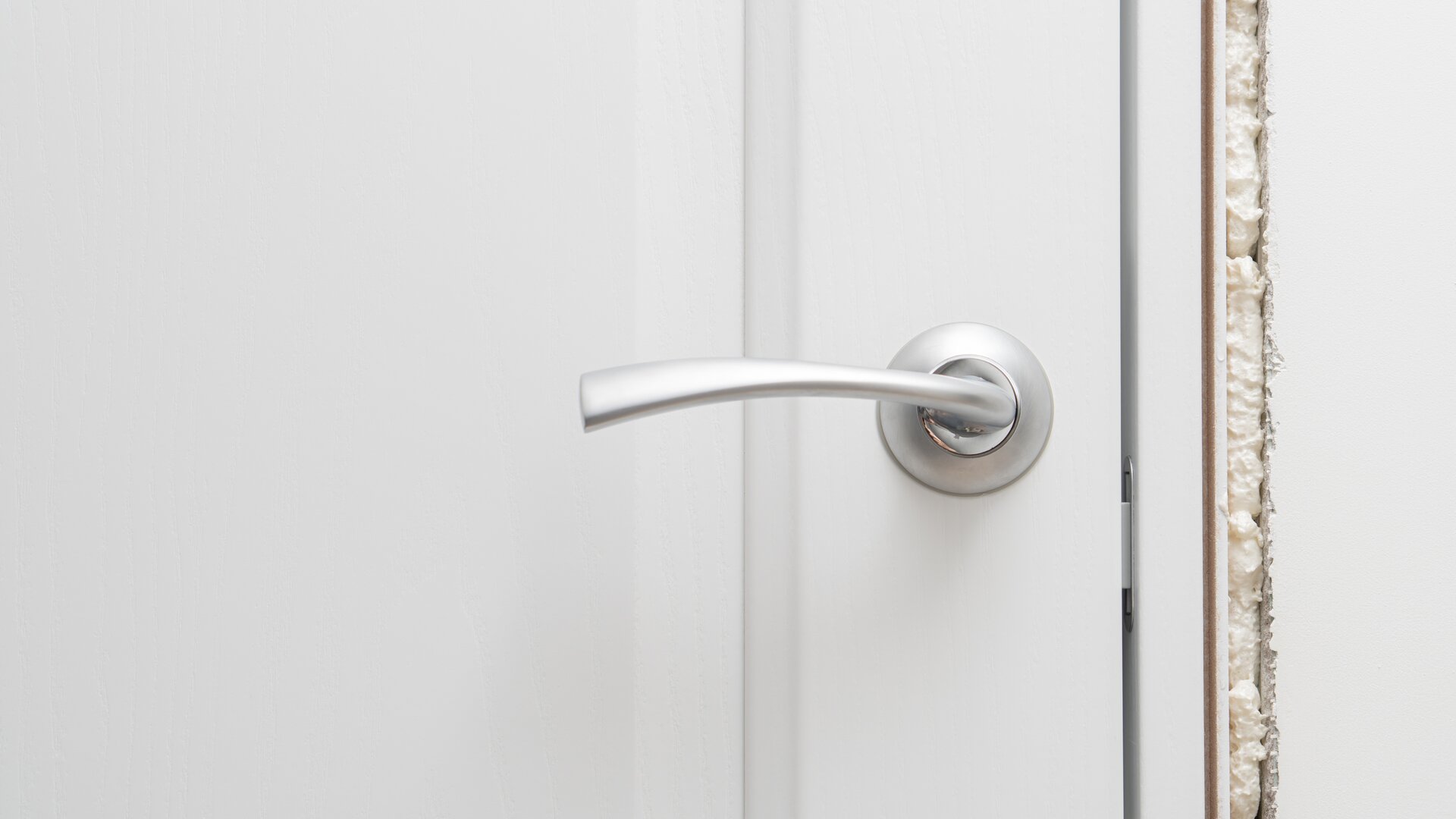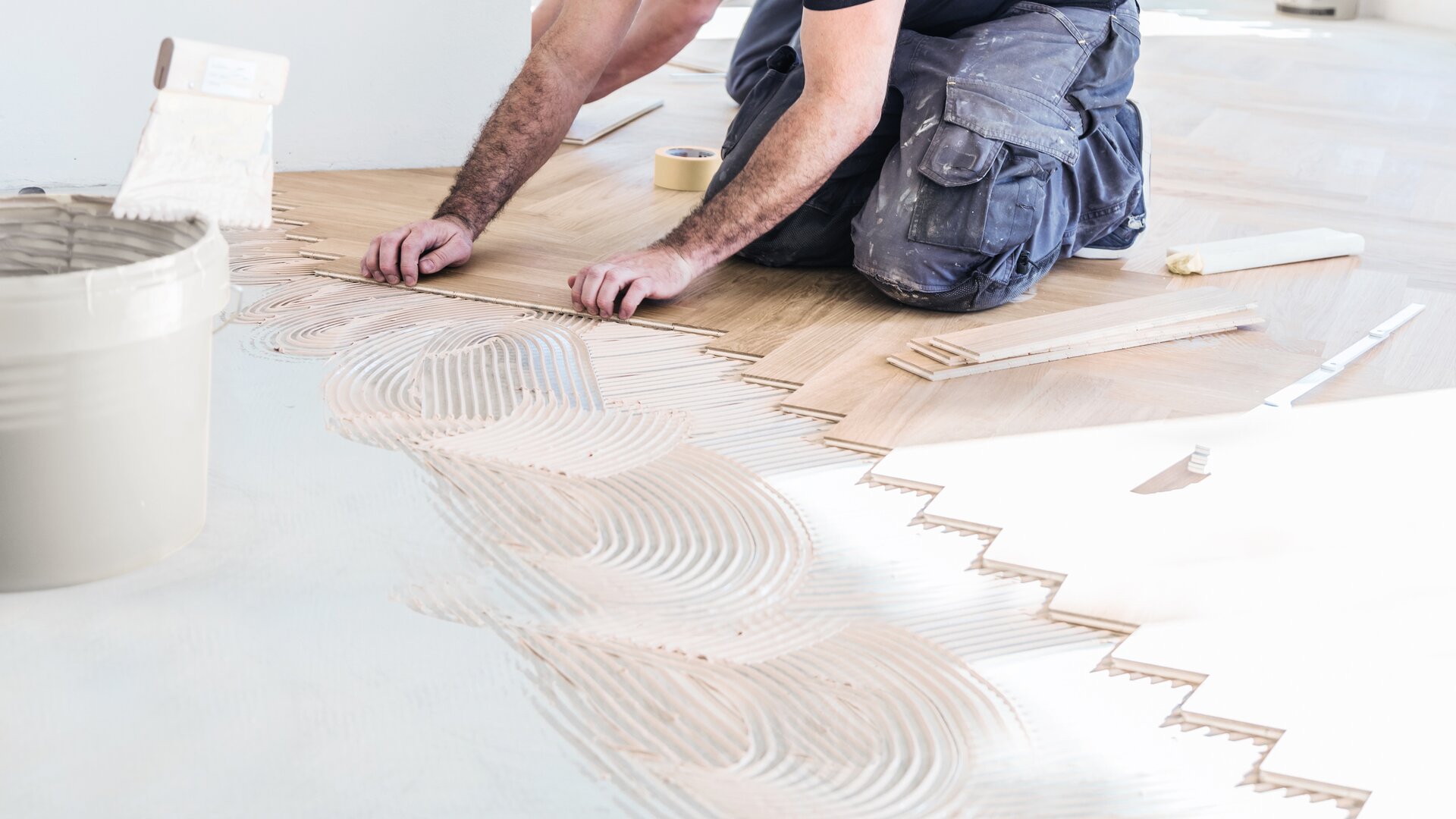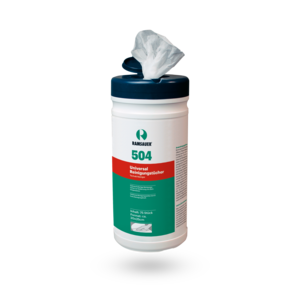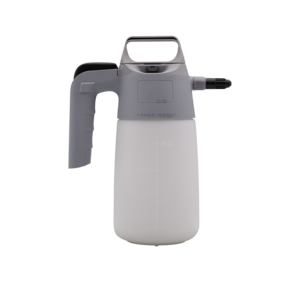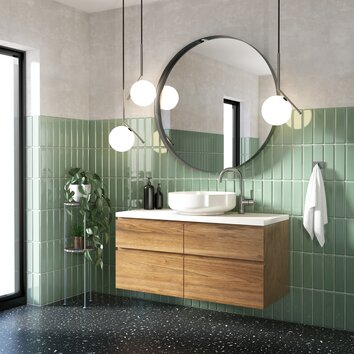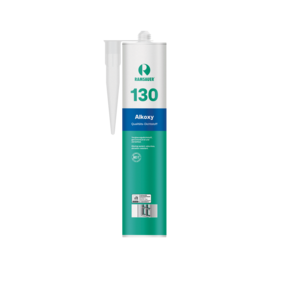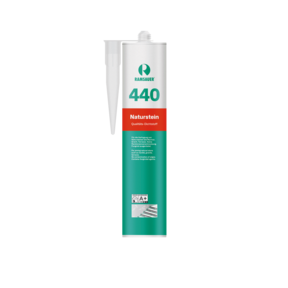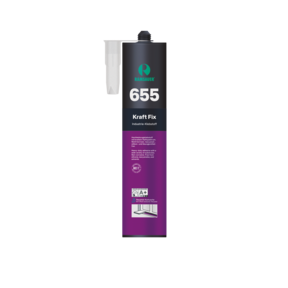Interior fitting and finishing
Choosing the right sealant for interior spaces is a particular challenge, with functionality and aesthetics going hand in hand.
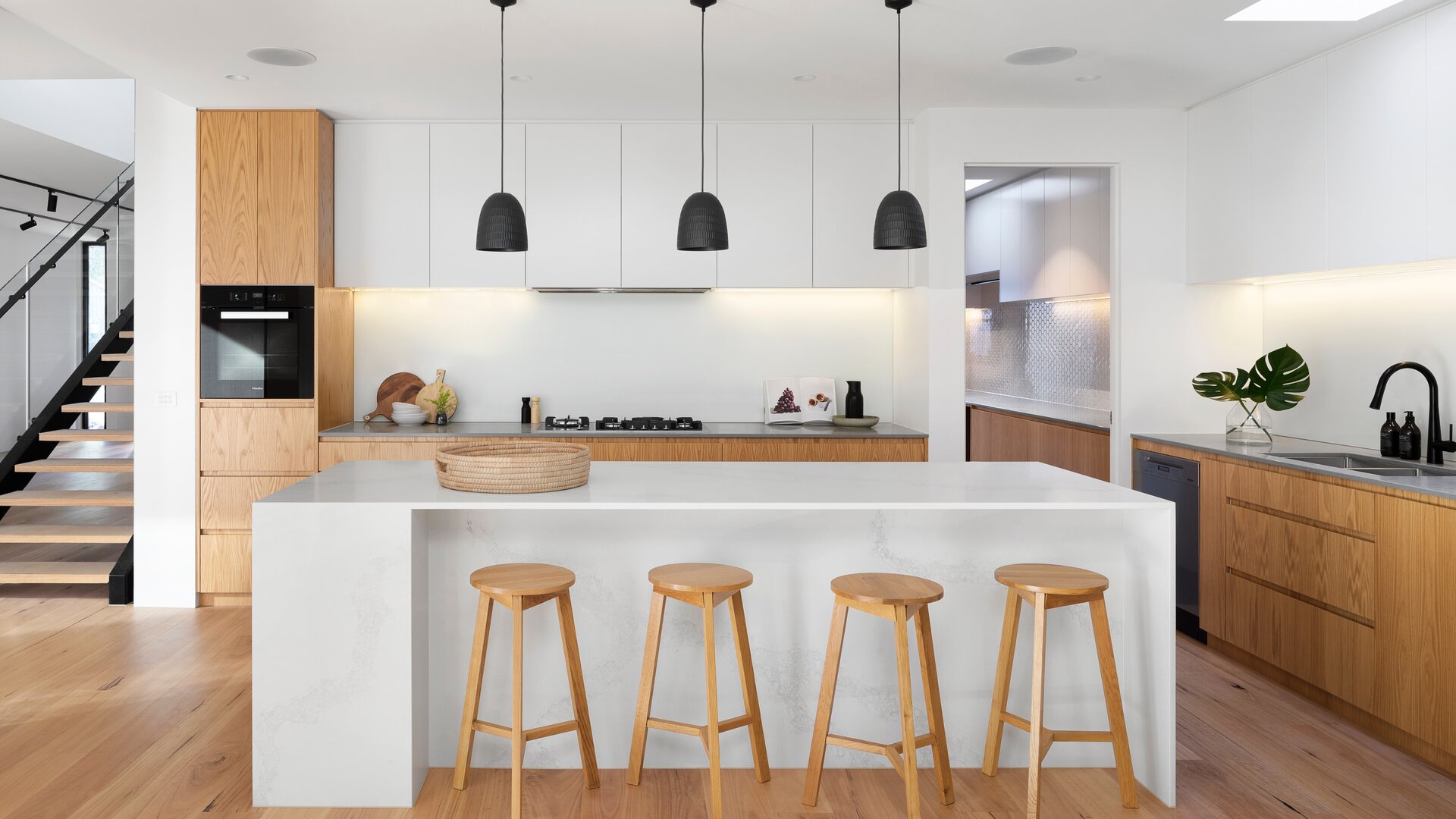
Best bonds for interior settings
When designing and decorating all kinds of interiors spaces, functional and aesthetic considerations both come into play. Thermal and sound insulation, durability and energy efficiency, and even building regulations are just as pertinent as colour and surface finish. On top of this, delicate materials such as special types of glass are often used. Adhesives and sealants used in these applications must stand up to all these factors equally.
Visually clean – with acrylic and hybrid sealants
Along with joints that experience a high degree of stress and strain, such as expansion joints, there are also various other interior locations in which sealants are used. Often, the work here revolves around smoothing out minor blemishes or fixing cracks. In most cases, these joints need to be one thing above all else: invisible. Visually clean work, then, is essential to achieving perfect results. For applications like these, acrylic and hybrid sealants are a particularly good fit.
These adhesives deliver what they promise
A mirror can make a room look bigger, brighter and more welcoming. At the same time, it creates a reflection of whatever stands before it, playing a useful role for many people. It’s no surprise, then, that mirrors have become part of any complete home. The most straightforward approach is to attach mirrors with a special adhesive. To prevent a pile of broken glass, be sure to pay attention to the surface it is being bonded to. Could the plaster come loose due to the weight of the mirror? Is the adhesive in question compatible with the surface in question? The same applies to special types of glass such as enamelled glass.
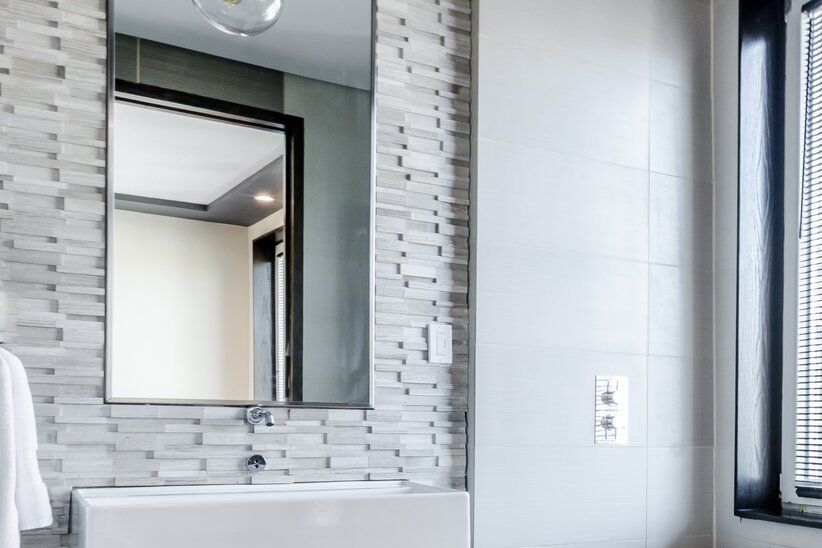
Bonding mirrors properly
To prevent the mirror from getting stained after the adhesive is applied, it’s important to work cleanly and to prepare the adhesion surface properly. First, remove dirt and dust. Then apply the adhesive in 20cm-long vertical beads. Attach the mirror to the desired surface and fix it in place while the adhesive cures.
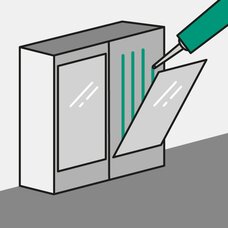
Fixed in place and insulated – with the right foam, the door frame will last forever
More than anything else, installing a door frame requires planning, skill and the right materials. A slanted door frame can make it much harder for the door to later close as intended, so keep a close eye on the alignment during installation. Door frames should first be inserted into the relevant opening, aligned, wedged and anchored. Assembly foam is used at the sides to fix it in place.
Adhesives that can take every step
Providing better acoustics inside a room, making them more comfortable to walk on, and durability are just a few reasons why builders choose to adhesively bond floors. The sub-floor also plays an important role and may need to be prepared accordingly. Adhesives used in these jobs must be able to withstand a heavy and constant load long-term.
Need to find out more about sealants and adhesives for interior fitting and finishing?

